| Heading | Subheading |
|---|---|
| Why Loyalty Matters in E-commerce | The Financial Benefits of Customer Retention |
| Crafting a Customer-Centric Design | Optimizing for Mobile Devices |
| Simplifying Navigation for a Better Experience | |
| Using High-Quality Visuals to Build Trust | |
| Building Trust and Credibility | Offering Secure Payment Methods |
| Leveraging Customer Reviews and Testimonials | |
| Transparent Policies to Build Confidence | |
| Personalization for a Tailored Experience | Personalized Product Recommendations |
| Email Marketing Campaigns to Keep Customers Engaged | |
| Loyalty Programs that Incentivize Repeat Business | |
| Ensuring a Seamless Checkout Process | Offering Guest Checkout Options |
| Providing Multiple Payment Methods | |
| Streamlining the Process with Auto-Fill Forms | |
| Providing Stellar Customer Support | Offering Live Chat for Instant Assistance |
| Displaying Clear Contact Information | |
| Creating a Comprehensive FAQ Section | |
| Fostering Post-Purchase Engagement | Sending Order Confirmation and Tracking Details |
| Post-Purchase Follow-Up with Customers | |
| Soliciting Feedback to Show Customer Appreciation | |
| Enhanced Loyalty Through Social Proof | Utilizing User-Generated Content and Social Sharing |
| Leveraging Data and Analytics to Understand Customer Behavior | Tracking Customer Journeys and Purchase Patterns |
| Using Data to Predict Customer Preferences | |
| Integrating Omnichannel Experiences | Syncing Your E-commerce Store with Social Media |
| Bridging the Gap Between Online and Offline Channels | |
| Conclusion (Renamed): Sustaining Long-Term Growth through Customer Loyalty |
E-commerce Website: A visually appealing e-commerce website designed to attract and retain loyal customers.
In the fast-paced world of online retail, gaining a customer’s trust is no small feat. First-time shoppers visit your site with certain expectations, and how you meet or exceed those expectations determines whether they’ll return. This article will explore the steps to transform an e-commerce site into a loyalty-generating machine, from attracting first-time visitors to building strong, long-term customer relationships.
Why Loyalty Matters in E-commerce
Customer loyalty is more than just a buzzword in e-commerce—it drives sustainable growth. A loyal customer base reduces marketing expenses and increases lifetime value, driving consistent revenue. First-time shoppers are crucial, but turning them into loyal customers is where the real magic happens.
When customers are loyal to your brand, they often spend more, and they’re far more likely to recommend your store to others. Repeat buyers also trust your business, which means they’ll feel more comfortable making larger purchases. By focusing on retaining these customers, you’re building a foundation for long-term success.
Crafting a Customer-Centric Design
The design of your e-commerce site is your first chance to impress visitors. A well-designed website enhances the user experience, keeps shoppers engaged, and makes it easy for them to find what they’re looking for. A poor design, on the other hand, can be a major turnoff, driving potential customers away before they even make a purchase.
Optimize for Mobile Devices
Given that more than half of e-commerce traffic now comes from mobile devices, your site must look and function seamlessly on smaller screens. Mobile shoppers expect fast load times, easy navigation, and a smooth checkout process. Failure to deliver this can result in high bounce rates and lost sales.
Your mobile optimization strategy should include responsive design, which automatically adjusts the layout of your site based on the device being used. Beyond just aesthetics, mobile optimization ensures functionality—forms should be easy to fill out, buttons should be large enough to click, and images should load quickly without affecting performance.
Simplify Navigation
A complicated navigation system is one of the fastest ways to frustrate potential customers. First-time visitors need to be able to find what they’re looking for quickly, and they won’t hesitate to leave if they can’t. A clear, intuitive navigation system makes it easy for shoppers to browse your site and discover products.
Streamline your navigation by using simple categories and subcategories, and include a prominent search bar at the top of every page. Avoid cluttering your homepage with too many options—focus on your most important categories and ensure that every page is no more than a few clicks away.
Use High-Quality Visuals
The visual appeal of your e-commerce website can make or break a shopper’s decision to buy. High-quality product images, videos, and infographics can provide shoppers with the details they need to feel confident in their purchase. Without these, your products may appear untrustworthy or of lower quality.
Offer multiple images of each product from different angles, and consider adding zoom functionality to allow shoppers to examine products closely. Videos, such as product demonstrations or customer testimonials, can further enhance the shopping experience and build trust.
Building Trust and Credibility
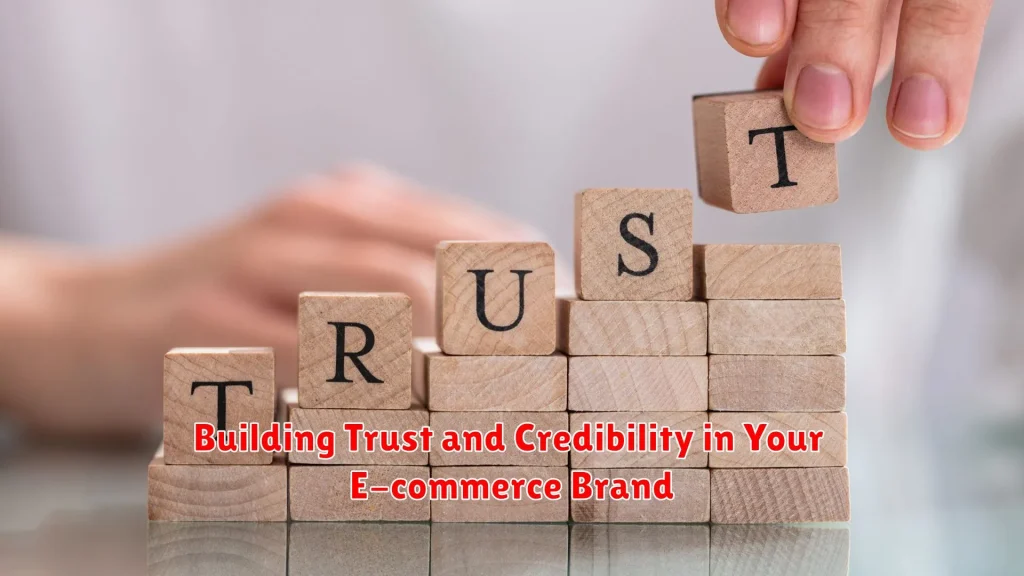
First-time shoppers are naturally cautious, and for good reason. The internet is full of scams and poor-quality products, and new customers may be wary of buying from an unfamiliar site. To overcome this, you need to establish trust and credibility from the very beginning.
Secure Payment Methods
Security is a top concern for online shoppers, especially first-time visitors. Displaying trusted payment gateways like PayPal, Stripe, or Apple Pay is a great way to reassure customers that their sensitive information is safe. Additionally, SSL encryption should be implemented across your site, particularly on checkout and account creation pages, to protect data transmission.
Security seals and badges from reputable providers should also be visible on your website. This not only reassures shoppers but also meets modern e-commerce standards for handling sensitive information like credit card details.
Customer Reviews and Testimonials
Customer reviews are one of the most powerful tools you have for building trust. First-time shoppers often look for social proof to validate their purchasing decisions, and reviews provide a level of transparency that boosts credibility.
Encourage customers to leave reviews after a purchase, and make sure these reviews are easy to find on your product pages. Even negative reviews can be beneficial, as they show that you’re an honest company willing to address customer concerns.
Transparent Policies
Transparency is key when it comes to building trust. Hidden fees or unclear return policies can lead to frustration and distrust, making it unlikely that a first-time shopper will return. Be upfront about shipping costs, return windows, and refund processes.
Make sure your policies are easy to find and written in clear, simple language. Offering a satisfaction guarantee or free returns can further reassure customers and increase the likelihood of them making a purchase.
Personalization for a Tailored Experience
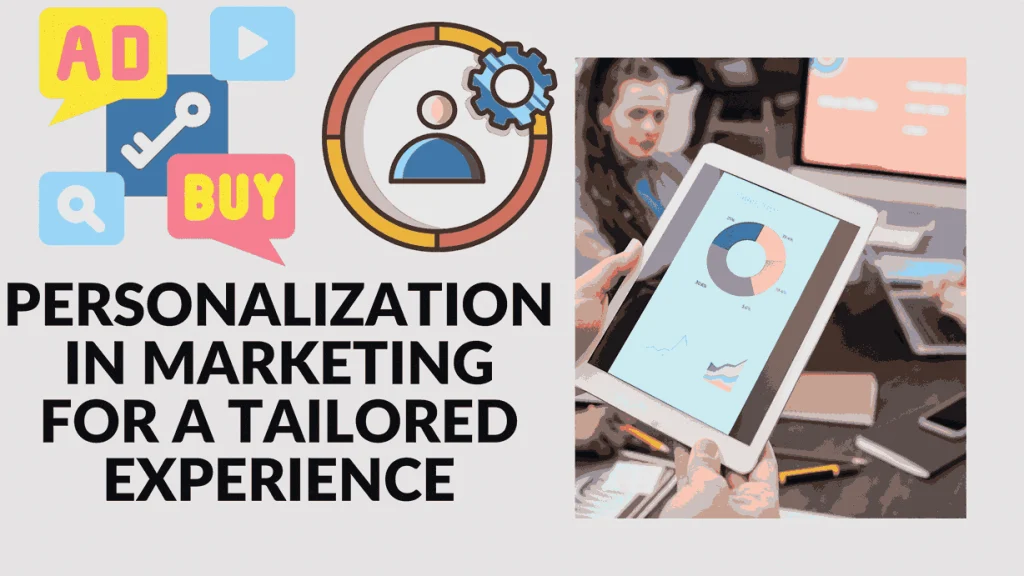
Personalization can dramatically improve the customer experience, making first-time shoppers feel like your site is tailored specifically to them. By using data such as browsing history and past purchases, you can create a more engaging shopping experience that encourages loyalty.
Personalized Product Recommendations
One of the easiest ways to implement personalization is through product recommendations. By showing first-time shoppers items based on their browsing habits or previous purchases, you can help them discover products they might not have found otherwise.
Use tools like machine learning algorithms to offer smart recommendations on product pages, in shopping carts, and post-purchase emails. Personalized recommendations not only increase the chances of a sale but also enhance the overall shopping experience.
Email Marketing Campaigns
Email marketing is a powerful tool for turning first-time shoppers into loyal customers. Personalized email campaigns that target customers based on their behavior can nurture relationships and encourage repeat purchases.
For instance, sending a welcome email after a shopper’s first purchase with a discount code for their next order can be highly effective. Additionally, abandoned cart emails can remind shoppers of items they left behind and incentivize them to complete their purchase with a special offer.
Loyalty Programs
Loyalty programs are an excellent way to reward repeat customers and encourage them to keep coming back. By offering points, discounts, or exclusive access to new products, you can create a sense of belonging and reward customers for their loyalty.
Loyalty programs can be as simple as offering a discount after a certain number of purchases, or as complex as tiered systems where customers unlock more benefits as they spend more. Whatever approach you choose, make sure your loyalty program is easy to understand and use.
Ensuring a Seamless Checkout Process

A smooth, efficient checkout process is essential for retaining first-time shoppers. Complicated, slow, or frustrating checkouts are one of the main reasons for abandoned carts, so optimizing this part of the shopping experience is crucial.
Guest Checkout Option
Requiring customers to create an account before making a purchase can be a major barrier, especially for first-time shoppers. Offering a guest checkout option allows new customers to complete their purchases without the hassle of account creation, reducing friction and increasing conversion rates.
You can always prompt customers to create an account after the sale, perhaps offering them a discount on their next purchase as an incentive. This allows you to gather valuable customer information without disrupting the buying process.
Multiple Payment Options
Providing multiple payment options is another way to ensure a seamless checkout experience. Different customers have different payment preferences, and if your site only offers one or two methods, you risk losing sales.
Offer a range of payment methods, including credit cards, PayPal, digital wallets like Apple Pay, and even buy-now-pay-later options like Klarna or Afterpay. The more flexible you are with payment options, the more likely customers are to complete their purchase.
Auto-Fill Forms
Customers want a fast, easy checkout process, and auto-fill options for shipping and payment details can significantly speed things up. Most modern browsers offer some form of auto-fill, but you can also integrate your e-commerce platform with tools like Google Address AutoComplete to make the process even smoother.
By eliminating unnecessary steps and reducing the time it takes to complete a purchase, you’ll see fewer abandoned carts and more satisfied customers.
Providing Stellar Customer Support

Even with the most user-friendly design and seamless checkout process, questions and issues will arise. When they do, you need to be ready to provide excellent customer support. First-time shoppers are more likely to become loyal customers if they feel supported during their purchase.
Live Chat Feature
Live chat is one of the most effective ways to provide instant support to customers. Whether they have a question about a product, a shipping concern, or need help with checkout, a live chat option can quickly address their needs and keep them on your site.
Make sure your live chat is easy to find and available during peak shopping hours. If you can’t offer 24/7 support, consider using a chatbot for after-hours inquiries or setting up an FAQ bot to address common questions.
Clear Contact Information
In addition to live chat, your website should have easily accessible contact information. Whether it’s a phone number, email address, or contact form, make sure your customers can reach you if they have a question or issue.
Include a dedicated “Contact Us” page with multiple ways for customers to get in touch. Even if customers don’t need to contact you, knowing that support is readily available can build trust and confidence.
Comprehensive FAQ Section
A well-organized FAQ section can answer common questions and reduce the need for direct customer support. Cover topics like shipping, returns, payment methods, and account creation to help first-time shoppers find the information they need quickly.
Make your FAQ easy to navigate, with clear categories and a search function. By providing answers to common questions, you’re not only helping customers but also freeing up your support team to handle more complex inquiries.
Fostering Post-Purchase Engagement

Turning a first-time shopper into a loyal customer doesn’t end when they complete a purchase. Post-purchase engagement is key to building lasting relationships and encouraging repeat business.
Order Confirmation and Tracking
Customers appreciate clear communication after they’ve made a purchase. Sending a detailed order confirmation email with tracking information helps build trust and keeps customers informed about their purchases.
Include estimated delivery times and links to track the order in real time. This reduces post-purchase anxiety and makes the shopping experience more enjoyable, increasing the likelihood of future purchases.
Post-Purchase Follow-Up
A simple thank-you email after a purchase can go a long way in building customer loyalty. Consider sending a follow-up email a few days after delivery to ensure everything went smoothly and encourage customers to leave a review.
In this follow-up email, you could also include a discount code for their next purchase or recommend related products. This not only increases engagement but also opens the door for future sales.
Solicit Feedback
Asking for customer feedback shows that you care about their experience and are committed to improving your service. Send a brief survey or review request a few days after their purchase to gather valuable insights into what’s working and where you can improve.
Make sure the feedback process is quick and easy—customers are more likely to respond if they don’t have to spend too much time filling out a survey. Use this feedback to make improvements to your site and enhance the overall shopping experience.
FAQs
How can I make my e-commerce website mobile-friendly?
To make your e-commerce website mobile-friendly, use a responsive design that adapts to different screen sizes. Test your site across various mobile devices and ensure that loading times, navigation, and checkout processes are seamless on mobile platforms.
What’s the best way to build trust with first-time shoppers?
Building trust with first-time shoppers involves showcasing customer reviews, offering secure payment options, and being transparent about your shipping and return policies. Trust signals, such as security badges, also help reassure customers.
How can personalized recommendations help in customer retention?
Personalized recommendations make customers feel valued by offering products tailored to their preferences. This increases their satisfaction and encourages repeat visits to your store.
What’s a good strategy for reducing shopping cart abandonment?
To reduce cart abandonment, simplify the checkout process by offering guest checkout, multiple payment options, and ensuring that shipping costs are transparent. Implementing abandoned cart recovery emails can also encourage customers to complete their purchases.
How do loyalty programs encourage repeat customers?
Loyalty programs reward customers for their repeat business, offering incentives like discounts, points, or exclusive deals. This encourages them to return to your store to take advantage of their rewards.
What’s the importance of post-purchase engagement?
Post-purchase engagement, such as follow-up emails, order tracking, and soliciting feedback, helps build a stronger relationship with your customers. It shows that you care about their experience beyond the initial sale, fostering loyalty.
Closing the Customer Experience Loop
In the end, creating an e-commerce website that turns first-time shoppers into loyal customers is about more than just offering great products. It’s about building trust, personalizing the shopping experience, and providing excellent support before, during, and after the purchase. By focusing on these strategies, you’ll not only attract new customers but also keep them coming back for more, driving long-term success for your business.




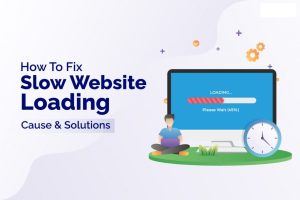

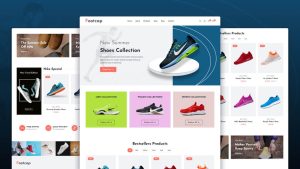
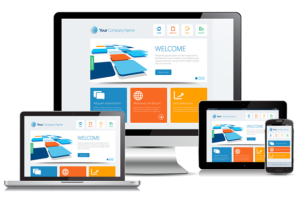


3 Responses
I like the efforts you have put in this, regards for all the great content.
Great information shared.. really enjoyed reading this post thank you author for sharing this post .. appreciated
This is my first time pay a quick visit at here and i am really happy to read everthing at one place